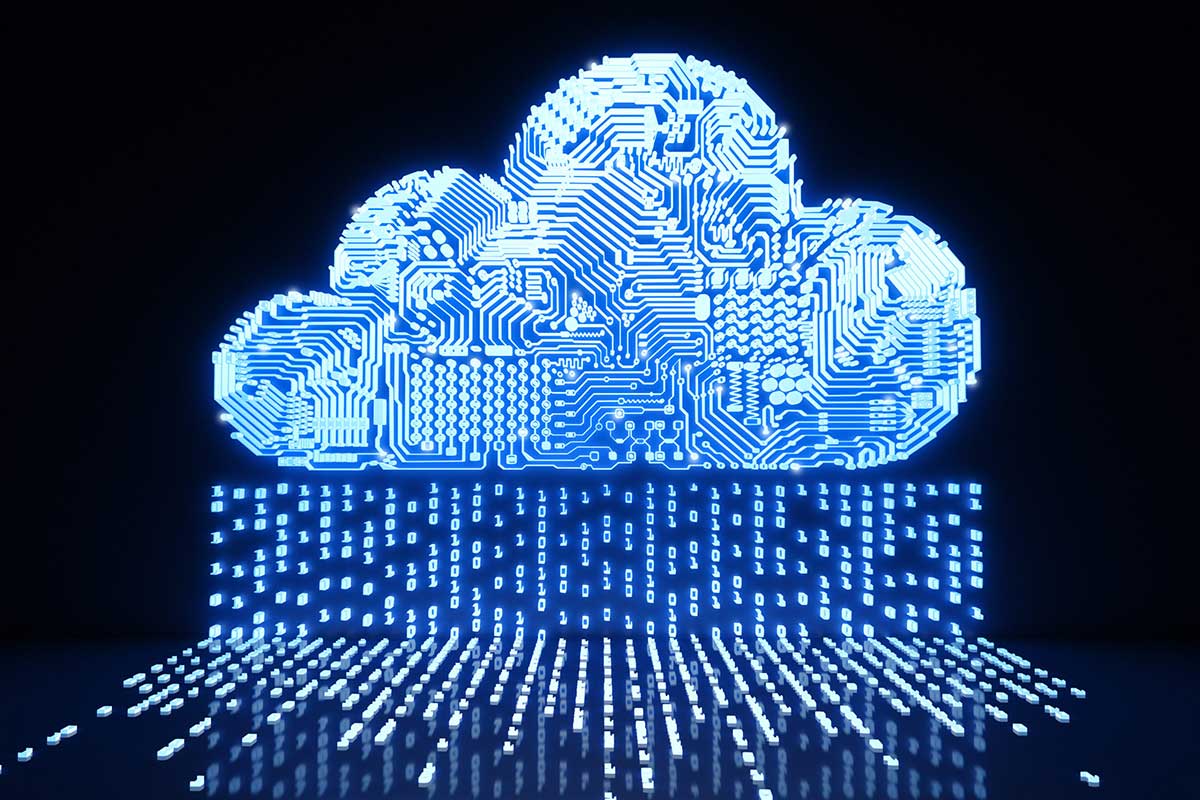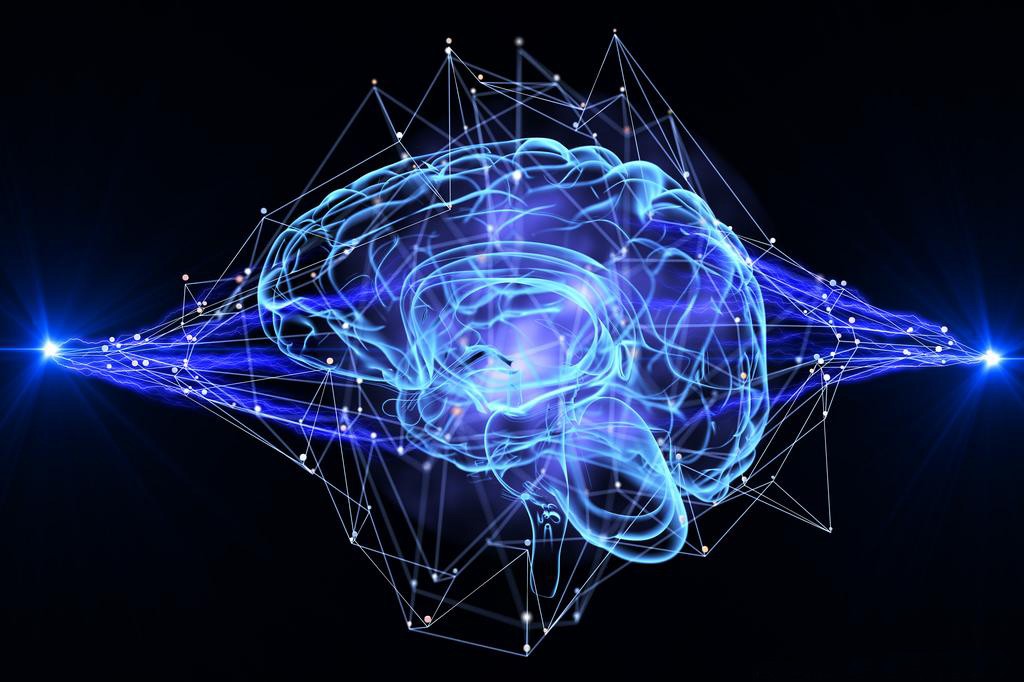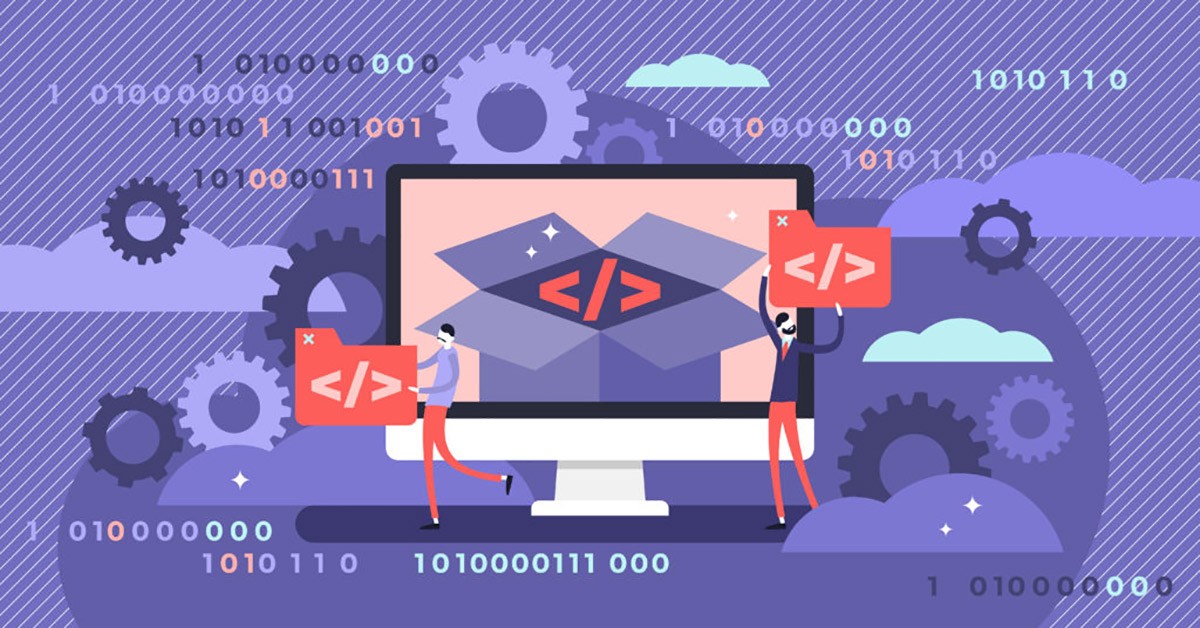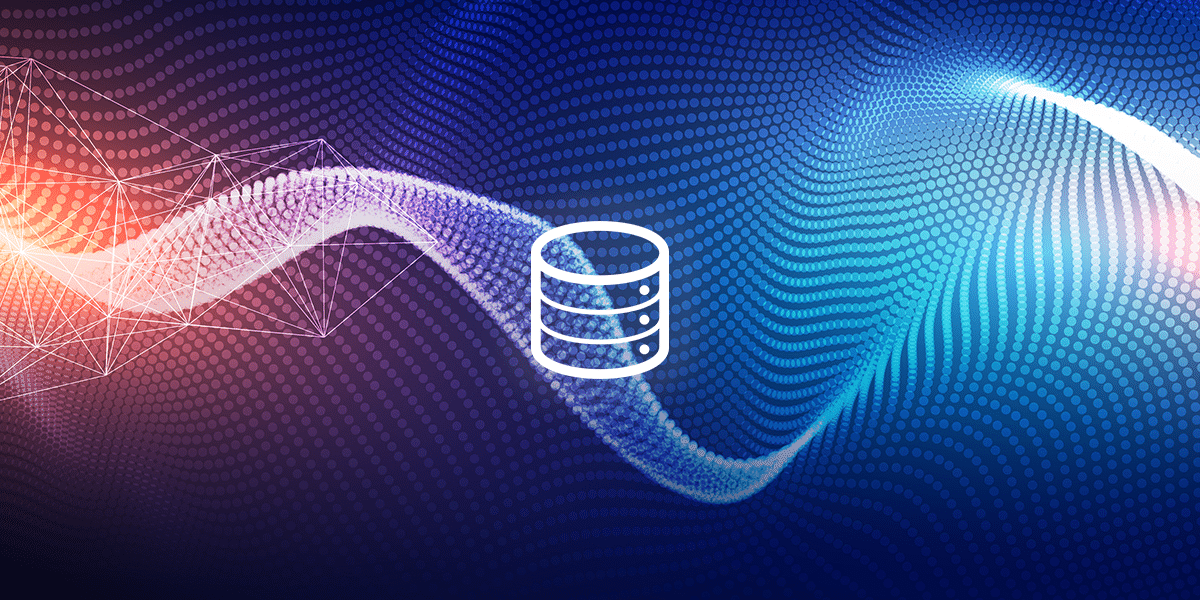Just like traditional databases, not all NoSQL databases are cloud databases. A cloud database runs on a cloud virtual machine. This machine can be on a public, private or hybrid cloud. Or, it can be part of a database-as-a-service (DBaaS) offering.
DBaaS is the equivalent of software-as-a-service (SaaS) where you subscribe and pay as you go. The platform manages the provisioning, maintenance, and performance. The service provider makes it simple to use the database.
However, if you choose to host the database yourself on a private, public, or hybrid cloud, you’ll be responsible for handling the upkeep, security, and performance of the database.
Want to learn more about NoSQL cloud options? This article will explain the difference between DBaaS, and self-hosting and provide an overview of the best NoSQL cloud database options.

Is NoSQL a Cloud Database?
No, not necessarily. Some NoSQL databases include all the structure and code that you need but they do not host it on the cloud for you. While you can then use host databases on public, private, or hybrid cloud servers, they are not necessarily natively cloud databases.
To be a cloud database, you’re looking for a database-as-a-service provider which means you don’t have to host the database on your own local or cloud servers.
Benefits of DBaaS
A NoSQL cloud database service has many great benefits. Here’s a look at a few of those top benefits.
- Easy, yet controlled access from anywhere
- Agility to manage the data and software development process
- Scalability to meet your ongoing growth needs
- Outstanding performance
- Reduction in manual labor for your team
- Reliability thanks to regular backups
- Disaster recovery

NoSQL Cloud Database Service Use Cases
There are several NoSQL cloud database use cases where you’ll appreciate having a database-as-a-service provider. Here are a few examples.
- Projects that require large data volume
- Cloud-native applications
- You’re planning to handle high scale traffic
- The traffic will be distributed geographically
- It requires real-time transaction processing
- You’re migrating from a legacy database
- The project includes a mobile application
- You’re using the database to power internet of things application
- The application requires caching
- You’ll be relying heavily on analytics
Key Considerations for Cloud Databases
As you prepare for finding the best NoSQL cloud database, review these considerations to make the best selection possible.
1. Provider Options
Some databases can only run on a specific cloud provider, such as Amazon Web Services (AWS) or Google. If you want to have cloud provider options, have that discussion with a representative from the database provider you’re considering.
Some of the most influential aspects of deciding on a provider are based on your existing relationships, compatibility with other technology, etc.
2. Technology
Make sure that a NoSQL database will work for your application. Some databases are transactional while others are not. Some integrate AI, others use outside AI products and still, others have no AI capabilities. Learn the technology limitations and options for the database before subscribing.
If your in-house resources are only comfortable working in SQL, also consider what training and preparation moving to NoSQL will require. Consider your team’s skills with different programming languages to choose a provider that best fits those skills.

3. Database management
Before selecting a self-managed database, consider your in-house resources. If you don’t have the skills to oversee a database, you’ll need to ensure you select a fully managed database. Otherwise, you might find that you end up with more overhead to hire team members capable of self-management, which could cost more.
4. Pricing
Some database services base their pricing on usage. This makes new projects more affordable since you’ll only need to carve out a small amount of space on a server to house your application. Before signing up, be sure you understand the ins and outs of the pricing structure so you know if it is license-based or usage-based.
5. Security
While a fully managed database-as-a-service has many great benefits, you want to be sure it isn’t opening your organization up to security risks. DBaaS providers must meet stringent regulatory requirements to secure customer data. This can be one of the greatest benefits of DBaaS is that you don’t have to assume the risk of security concerns.
6. Added features
Many database-as-a-service providers add-in features you might not get if you hosted the database yourself. These can include additional reporting, automatic connections to other services, and more.

Best NoSQL Cloud Database
With a greater understanding of how a NoSQL database can be a cloud database, you’re ready to start reviewing the options available to you.
1. BangDB
BangDB is a multi-model NoSQL database that enables you to store all types of data. It offers stream processing for real-time continuous data and has native AI capabilities so you can train and predict within the database.
- Double the performance of other leading databases
- Native AI offers faster machine learning
- Complex event processing helps you find real-time data patterns
- Incredible statistics for fast queries
- ACID-compliant for transactional needs
- Supports rich query
BangDB is not a fully managed database-as-a-service offering. Be sure to learn more about the licensing before selecting BangDB.
2. MongoDB
Is MongoDB a cloud? Yes, MongoDB Atlas is a fully managed cloud database designed for modern applications. It is a key-value NoSQL database that stores and retrieves data as JSON documents. Some of the benefits of MongoDB include:
- Built-in intelligence
- Strong querying capabilities
- Good analytics
- Flexible document schemas
- Uptime is excellent
Despite being an excellent option for a cloud-based NoSQL database, MongoDB does have some limitations.
3. Azure Cosmos DB
This NoSQL database has open APIs so you can easily scale your applications. Azure Cosmos DB is one of the best NoSQL cloud database options The free version allows for up to 25BG of storage and 1,000 request units per second. The database’s benefits include:
- Nearly perfect availability
- Low latency
- Globally distributed database
- SSD backed storage
- Reserved throughput model
- Ideal for IoT, social applications, mobile apps, and gaming
- Database-as-a-service from a well-known and respected name in the industry
4. Oracle NoSQL Cloud Database
Oracle’s NoSQL cloud database offers the ability to store data in columns or key-value format. The database has a free option to help you get started and test out whether the database is right for you. You’ll also experience these great benefits.
- Single-digit millisecond response times
- High availability
- ACID-compliant
- Pay-per-use pricing
- Compatible with on-premises Oracle NoSQL database
5. Amazon DynamoDB
Amazon Dynamo DB is a key-value and document NoSQL database. It started as a solution to Amazon’s need to handle larger traffic volumes to its service during heavier shopping seasons, such as during the holidays. Then it went public for others to use starting in 2012. It is a popular option for public cloud databases.
- Integrates well with other Amazon technology
- Fully managed cloud NoSQL database
- Able to handle 10 trillion requests per day or even 20 million requests per second
Although DynamoDB fits well into the family of Amazon technology services, it isn’t as ideal if you use other services and technology. It also lacks ACID compliance, which means it is not a transactional database.
Further Reading:
- 10 Largest Database-as-a-Service (DBaaS) Providers
- The 9 Fastest NoSQL Databases Every Data Science Professional Should Know About
- Free and Open Source NoSQL Databases. When Free Isn’t Free
